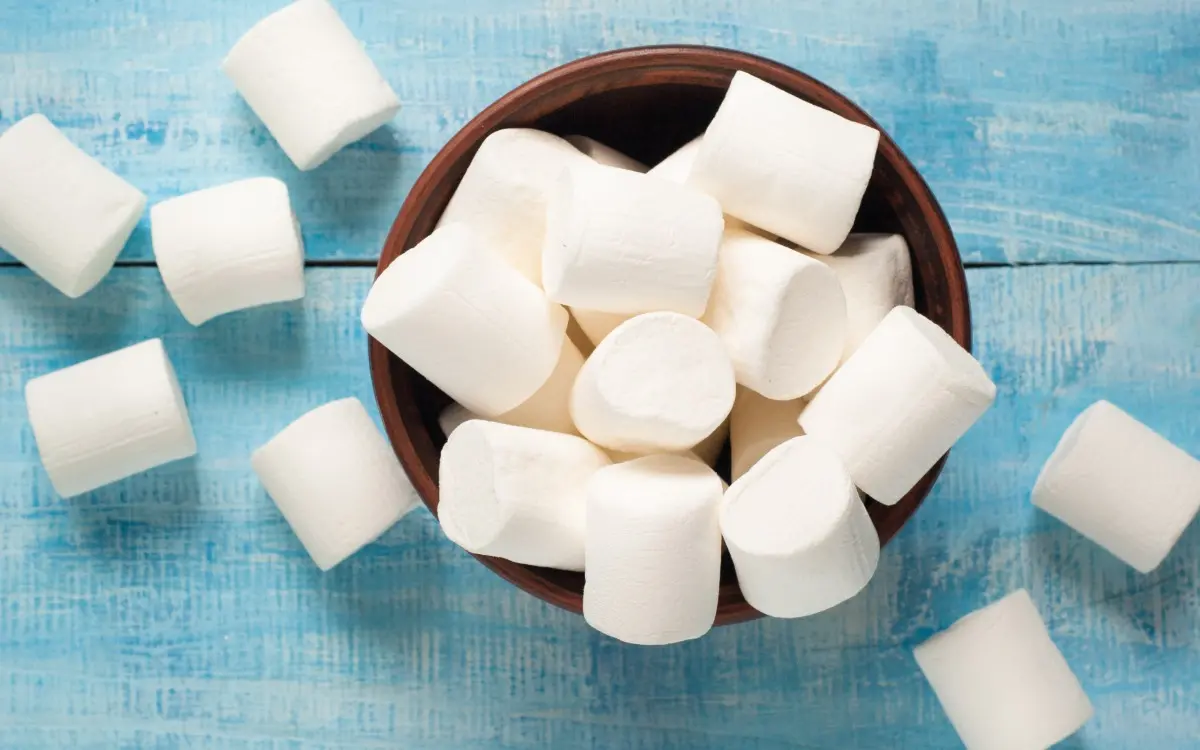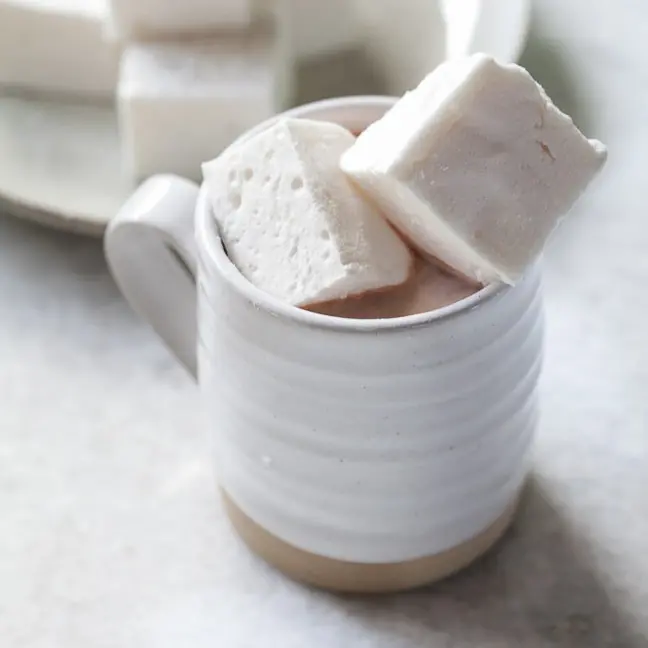new to the gluten free journey?
new to the gluten free journey?

Marshmallows are a sweet treat that people of all ages seem to love. Marshmallows are fun to eat on their own, and they are included in a number of different recipes, like cereal bars, smores, and even classic sweet potato salad.
But are marshmallows gluten free? The answer might surprise you. While several marshmallow brands claim to be gluten free, many contain ingredients with hidden gluten. Here is everything you need to know about what to look for in a gluten free marshmallow, along with some recommended brands and recipes .
Wheat gluten can show up in a number of different ways on a marshmallow label. Keep an eye out for any of the following ingredients:
In addition to wheat gluten ingredients, it is important to look out for other grain based ingredients. For example, commonly used derivatives of corn can cause a reaction in those with celiac disease due to corn gluten. The following ingredients are highly refined grain based sweeteners.
In addition to causing possible gluten reactions, these ingredients are typically genetically modified and heavily sprayed with toxic pesticides like glyphosate, which have known effects on gut bacteria. Research has also shown that they may contribute to damage and lack of healing in those with celiac disease.
Furthermore, highly processed marshmallows are high in refined sugar. High sugar intake is associated with increased incidence of many diseases, including obesity, cardiovascular disease, metabolic syndrome, and type 2 diabetes. They are also being studied for their potential connection to many other diseases including rheumatoid arthritis (RA), multiple sclerosis (MS), psoriasis, inflammatory bowel disease (IBD) and low-grade chronic inflammation.
While there are plenty of brands that claim they are gluten free, many actually do contain hidden sources of gluten in other ingredients like corn syrup. In addition, many include low quality refined sugars and gums in an attempt to improve texture and increase shelf stability. As always, make sure you are doing your research, checking ingredient lists carefully and reaching out to manufacturers as needed.
For example, the popular Jet Puffed marshmallows by Kraft contain corn syrup, sugar, dextrose, water, modified corn starch, gelatin, tetrasodium, pyrophosphate, natural and artificial flavors, and synthetic dye FD&C blue #1. Not only do many of these ingredients contain corn,, they are also otherwise not supportive of good health.
In addition, Dandies vanilla marshmallows are marketed as a healthier gluten free option, however, they contain carrageenan which has been shown to cause inflammation in the GI tract.
Below are a couple of grain and gluten free options that contain high quality ingredients like grass-fed gelatin, natural sweeteners, and no fillers or additives.

Ingredients:
Instructions:
Marshmallows are considered dairy free as they typically don’t contain milk or eggs. However, marshmallows get their signature gooey texture from gelatin. Since gelatin is derived from animals, marshmallows are not vegan.
As always, it is important to read labels and perform additional diligence, even when a product claims to be gluten free. It is also important to keep in mind that gluten free on the label does not mean that the product is healthy. And unfortunately, many patients who go gluten free continue to struggle with health issues, because the gluten free food industry is notorious for creating unhealthy options.
If you are wondering if you have gluten sensitivity, take the sensitivity test.
Stay up-to-date with the latest articles, tips, recipes and more.

*These statements have not been evaluated by the Food and Drug Administration. This product is not intended to diagnose, treat, cure or prevent any disease.
If you are pregnant, nursing, taking medication, or have a medical condition, consult your physician before using this product.
The entire contents of this website are based upon the opinions of Peter Osborne, unless otherwise noted. Individual articles are based upon the opinions of the respective author, who retains copyright as marked. The information on this website is not intended to replace a one-on-one relationship with a qualified health care professional and is not intended as medical advice. It is intended as a sharing of knowledge and information from the research and experience of Peter Osborne and his community. Peter Osborne encourages you to make your own health care decisions based upon your research and in partnership with a qualified health care professional.
One Response
How often should a food sensitivity test be done? Can I ever go back to eating foods that were positive? I have 3 alleles for gluten sensitivity and have been following a grain-free diet since March. I also am dairy- and nightshade-free, in addition to my other food sensitivities.